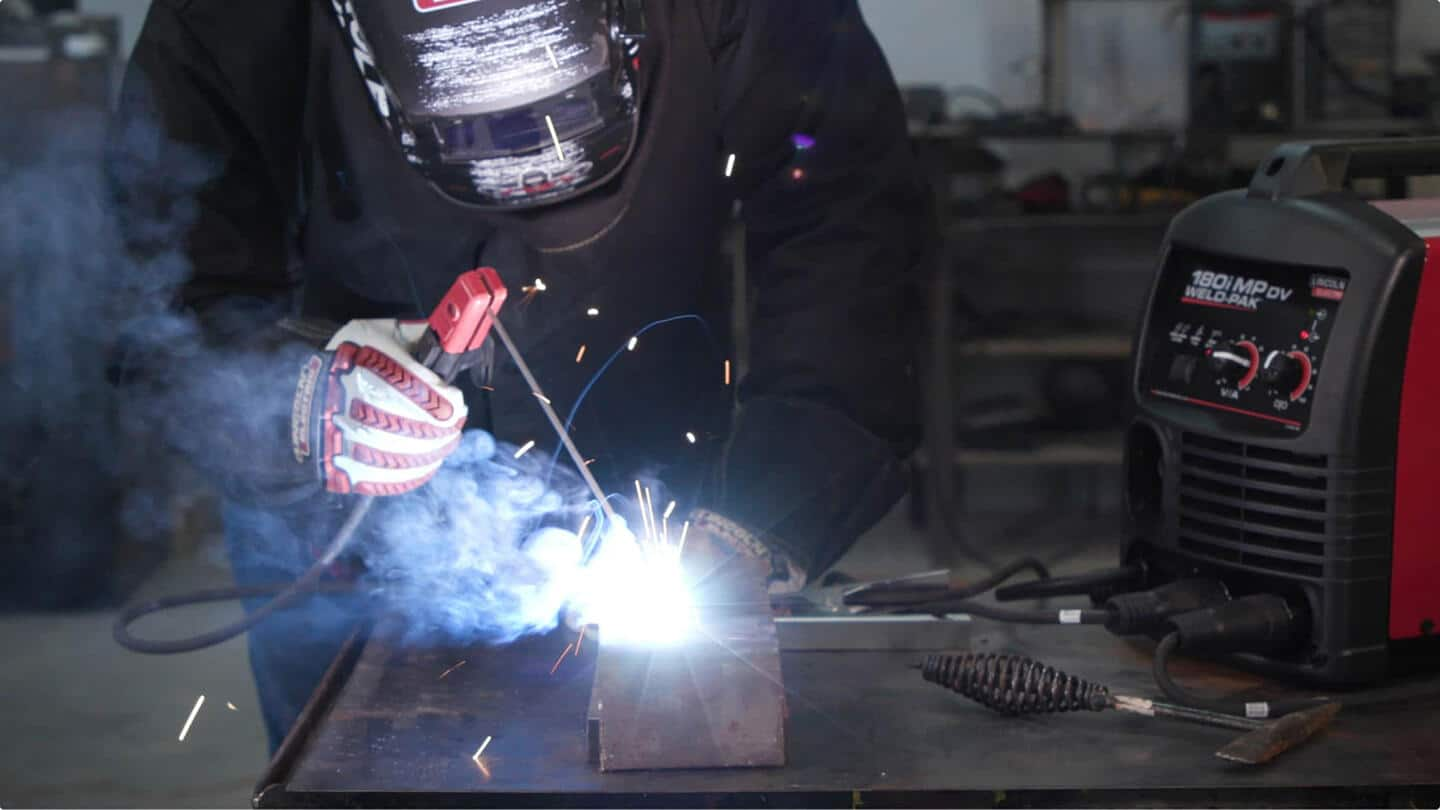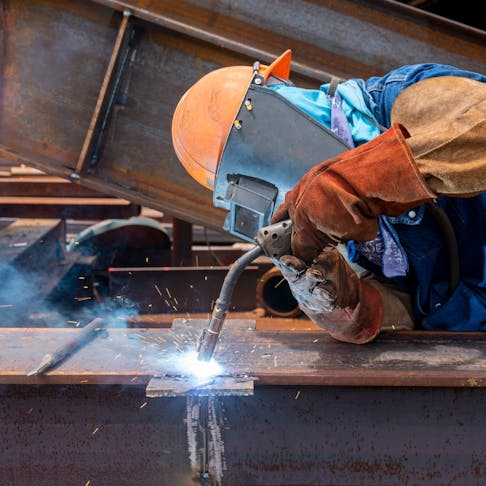Advanced Welding WPS: Customizing Requirements for Facility Projects
Advanced Welding WPS: Customizing Requirements for Facility Projects
Blog Article
The Ultimate Guide to Welding WPS Procedures: An Extensive Summary for Welders
In the complex globe of welding, Welding Treatment Requirements (WPS) work as the backbone of guaranteeing top quality, consistency, and security in welding procedures. Understanding the nuances of developing, carrying out, and keeping track of WPS procedures is essential for welders aiming to elevate their craft and fulfill industry standards. As we explore the various elements of a WPS and explore the ins and outs of certification and qualification, we will certainly uncover the vital function these procedures play in the world of welding. Allow's get started on a trip to unravel the intricacies and significance of WPS procedures in welding methods.
Value of WPS Procedures
Comprehending the value of Welding Procedure Specs (WPS) procedures is crucial for ensuring the high quality and stability of welded frameworks. WPS treatments serve as a roadmap for welders, laying out the needed steps, parameters, and materials required to attain a sound weld. By sticking to WPS standards, welders can make sure consistency in their job, resulting in structurally audio and dependable welds.
One of the primary reasons why WPS procedures are necessary is their function in keeping weld quality and stability. Adhering to the specified welding specifications and methods described in the WPS helps stop defects such as porosity, fracturing, or insufficient blend, which can endanger the toughness and sturdiness of the weld.

Components of a WPS
A Welding Procedure Requirements (WPS) typically comprises essential components that information the certain demands for performing a weld, ensuring consistency and top quality in the welding process. The vital parts of a WPS consist of important variables such as base steels, filler steels, interpass and preheat temperature levels, welding procedures, protecting gases, welding positions, and post-weld warm treatment needs.
Base steels describe the materials being signed up with, while filler steels are used to fill the void in between the base steels during welding. Preheat and interpass temperature levels are important for regulating the warmth input and protecting against concerns like cracking or distortion. The welding procedure describes the particular technique to be made use of, whether it's gas metal arc welding (GMAW), secured metal arc welding (SMAW), or another method. Shielding gases secure the weld swimming pool from atmospheric contamination. Welding settings specify the alignments in which welding can be done. Post-weld warm therapy may be needed to ease tensions and improve the weld's homes. A detailed understanding of these components is essential for creating a thorough and reliable WPS.

Qualification and Certification
Having actually established the essential elements of a Welding Procedure Spec (WPS), the focus now moves in the direction of the critical facets of credentials and accreditation in welding techniques.

Accreditation, on the other hand, is the formal acknowledgment of a welder's qualifications by a relevant accreditation body or company. Welding accreditations are commonly based on the particular welding processes, materials, and placements a welder is certified to deal with. Holding a valid welding certification demonstrates that a welder satisfies sector standards and is experienced to do welding jobs to the needed requirements.
Producing a WPS
To develop a Welding Treatment Spec (WPS) that satisfies sector criteria, mindful consideration of welding procedures, materials, and operational criteria is necessary. The first step in creating a WPS is to recognize the welding procedure to be used, such as gas steel arc welding (GMAW) or protected metal arc welding (SMAW)

Carrying Out and Keeping An Eye On WPS
Upon completing the detailed Welding Procedure Requirements (WPS) that thoroughly details welding procedures, products, operational parameters, and quality control measures, the focus moves to efficiently implementing and keeping an eye on the established treatments. Execution includes making certain that all welders involved in the task these details know with the WPS and follow it meticulously during the welding procedure. This requires supplying adequate training and supervision to guarantee adherence to the specified treatments. Checking the WPS involves constant oversight to validate that welding tasks align with the documented specs. Evaluations, screening, and high quality control steps are crucial parts of the monitoring process to recognize any type of problems or deviations without delay. Regular audits and testimonials of the welding treatments aid in preserving uniformity and high quality throughout the task. Efficient implementation and monitoring of the WPS are important for guaranteeing the honesty, toughness, and security of the welded joints, inevitably contributing to the general success of the welding task.
Verdict
In final thought, understanding and complying with Welding Procedure Specifications (WPS) is crucial for welders to make certain quality, consistency, and safety in their work. By understanding the elements of a WPS, obtaining appropriate qualifications and accreditations, creating in-depth treatments, and implementing and click site checking them effectively, welders can improve their skills and effectiveness in welding methods. Sticking to WPS procedures official statement is vital for creating premium welds and conference industry criteria.
In the elaborate globe of welding, Welding Procedure Requirements (WPS) serve as the backbone of making certain top quality, uniformity, and safety and security in welding procedures. The welding process lays out the details method to be used, whether it's gas metal arc welding (GMAW), shielded steel arc welding (SMAW), or an additional approach.To develop a Welding Treatment Spec (WPS) that fulfills sector requirements, mindful consideration of welding processes, products, and functional parameters is vital. The first step in developing a WPS is to recognize the welding procedure to be utilized, such as gas steel arc welding (GMAW) or secured steel arc welding (SMAW)Upon settling the detailed Welding Procedure Spec (WPS) that thoroughly information welding processes, materials, operational parameters, and top quality assurance actions, the focus changes to properly executing and checking the well established procedures.
Report this page